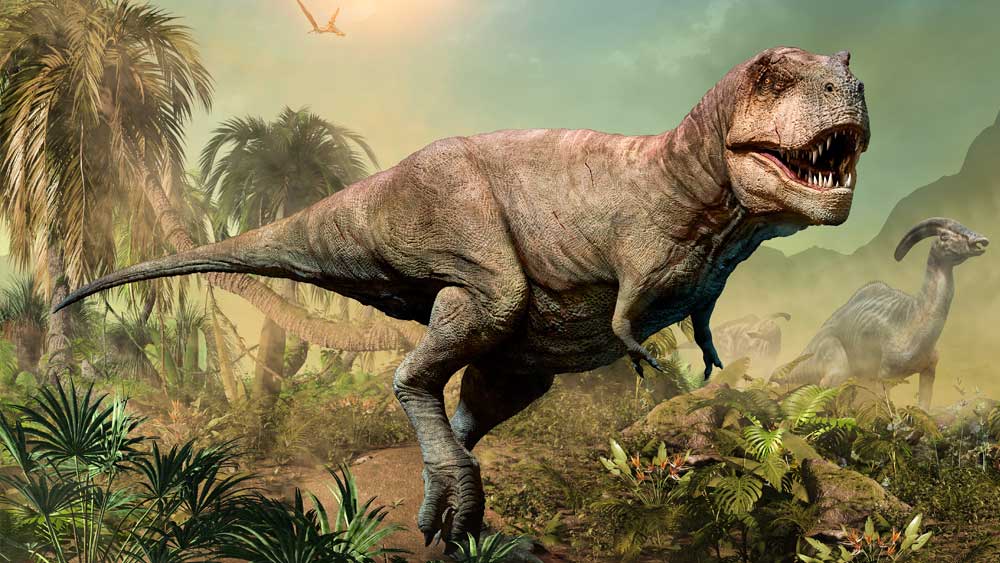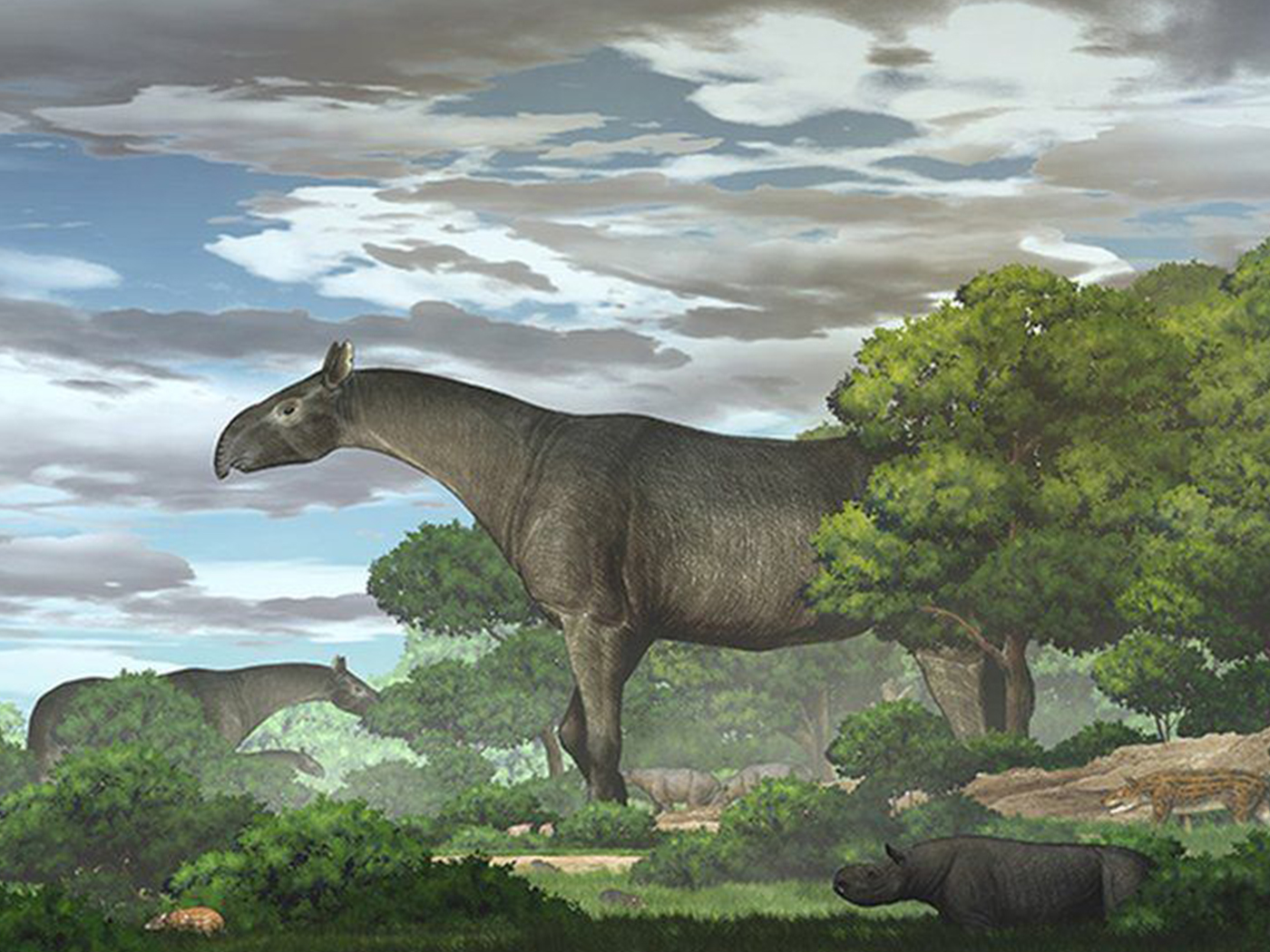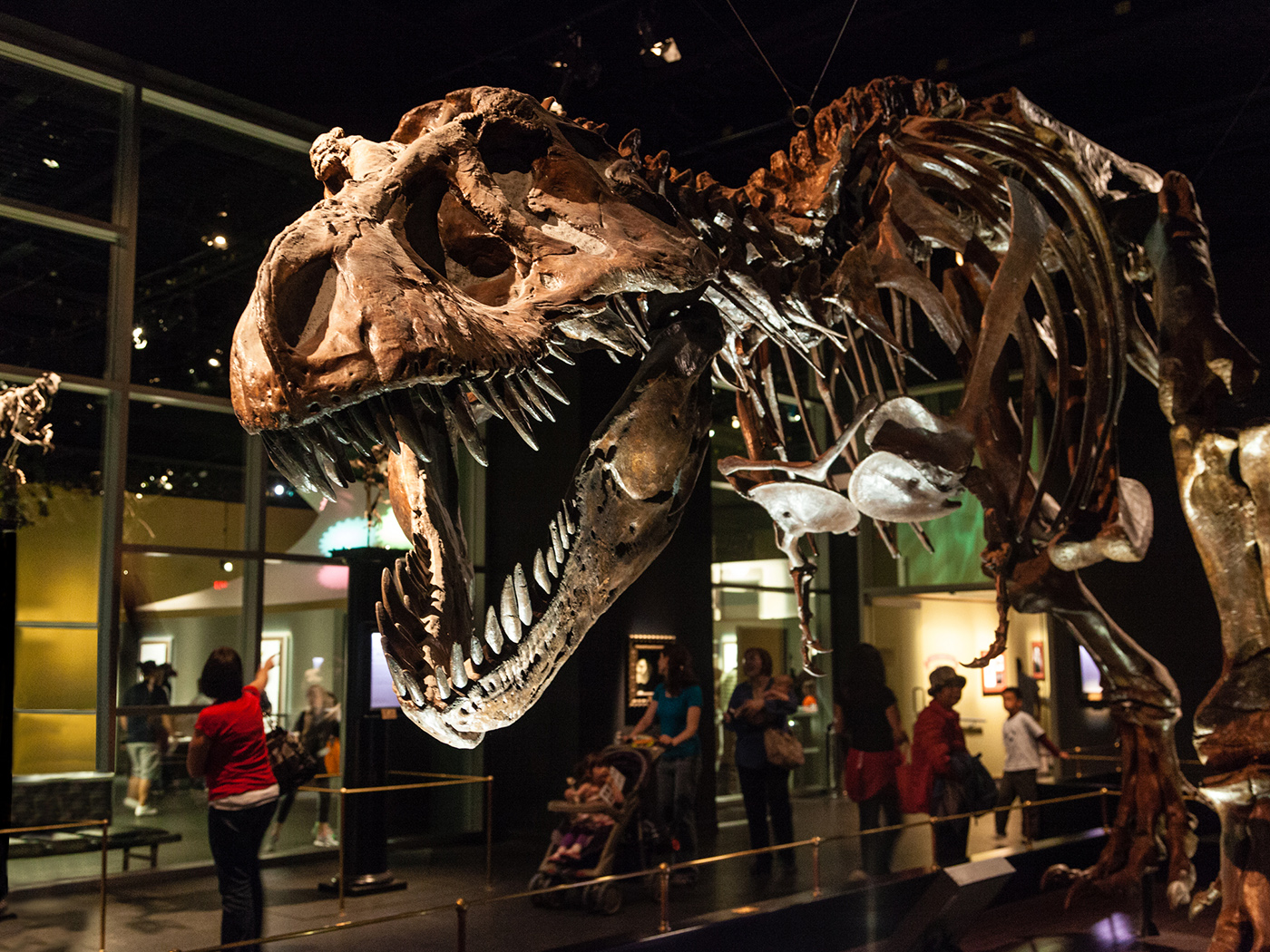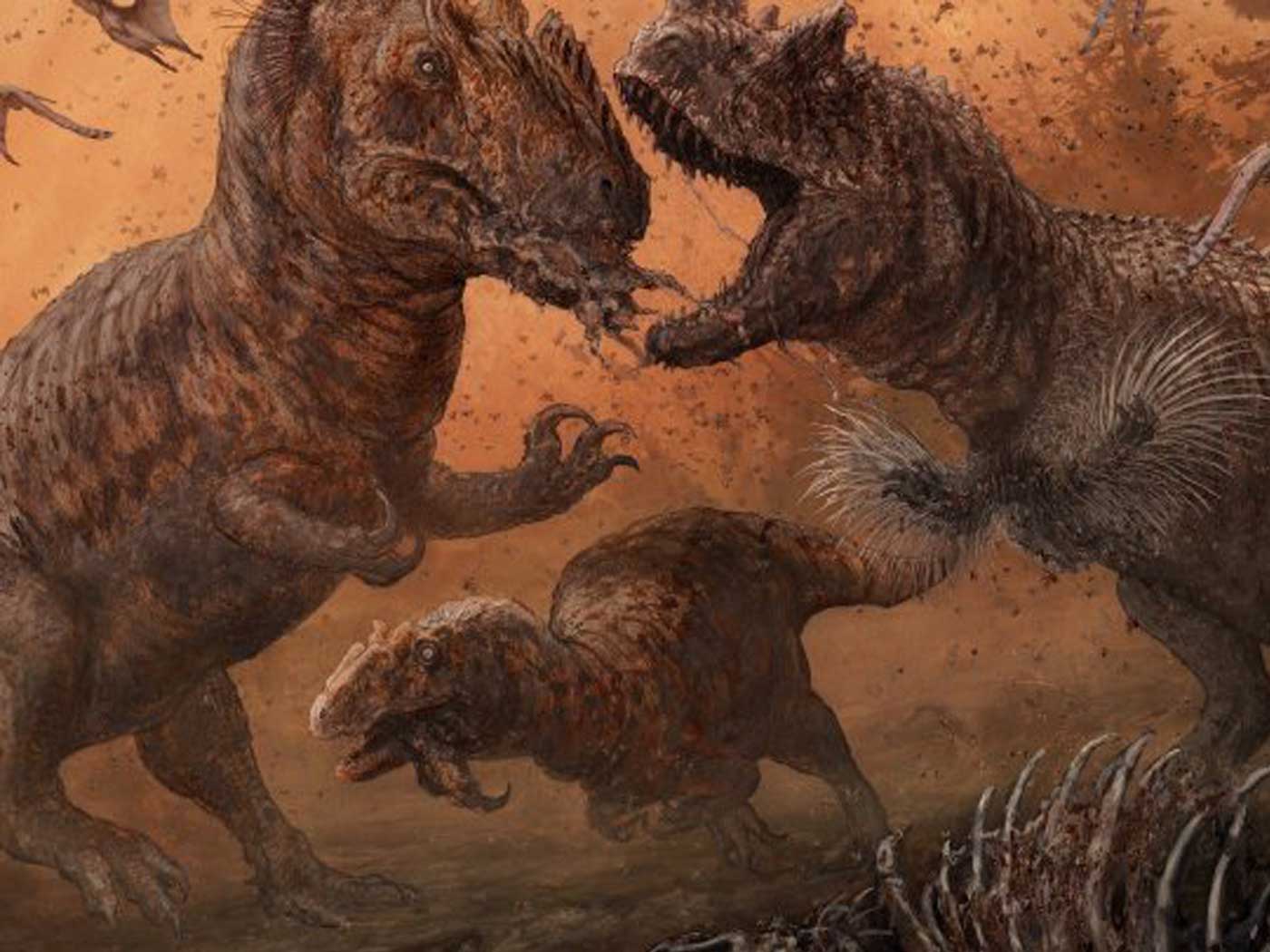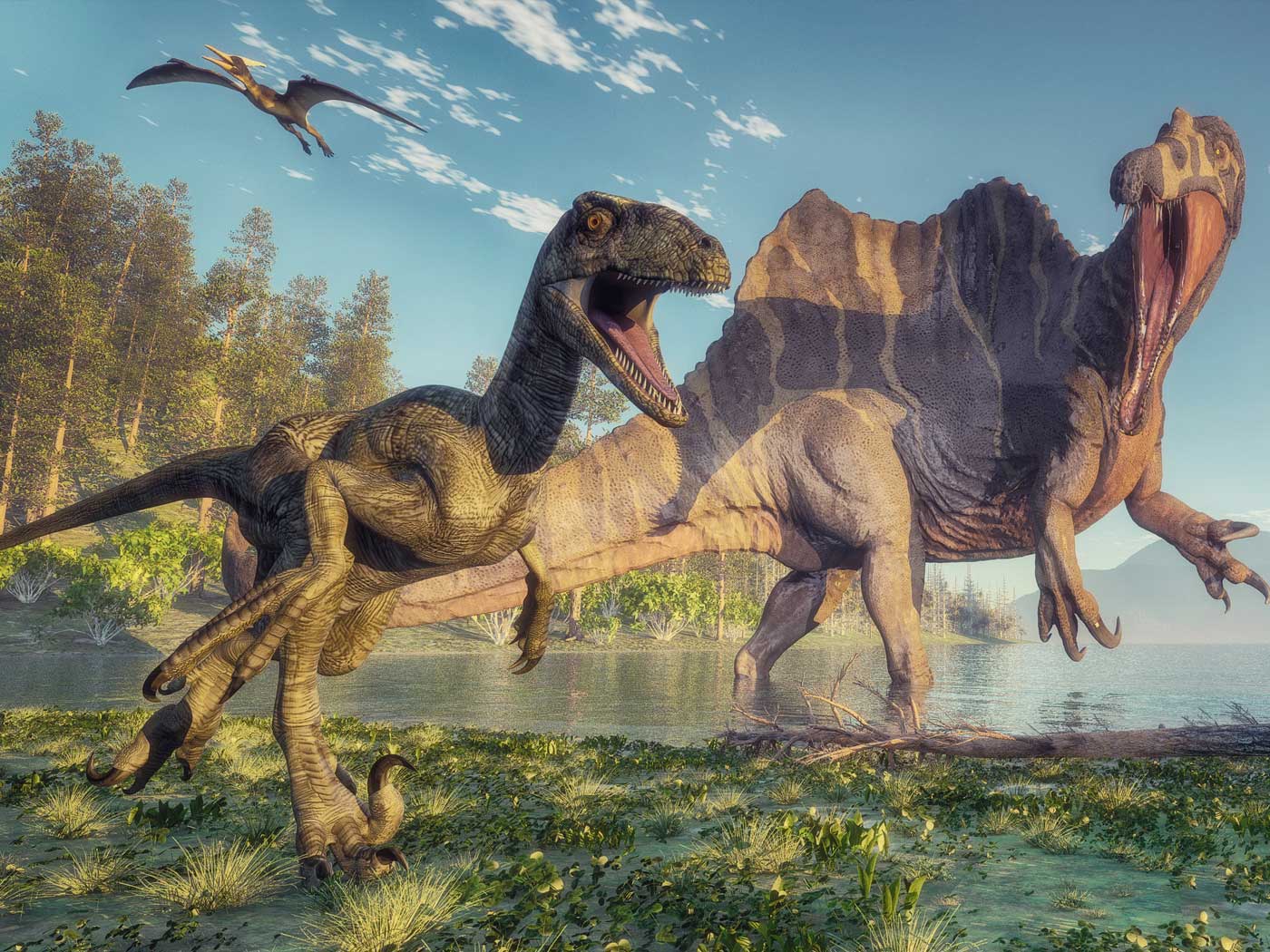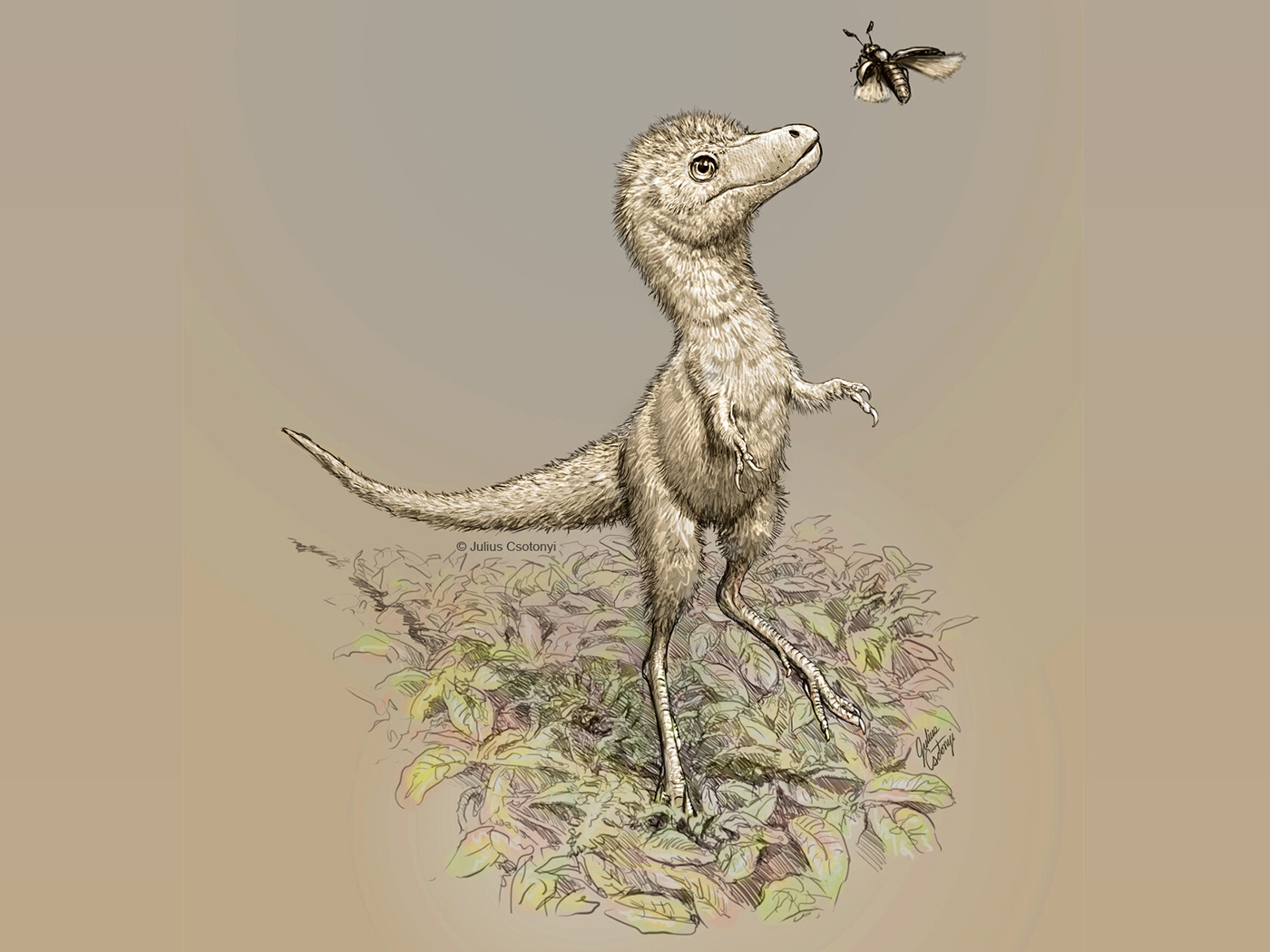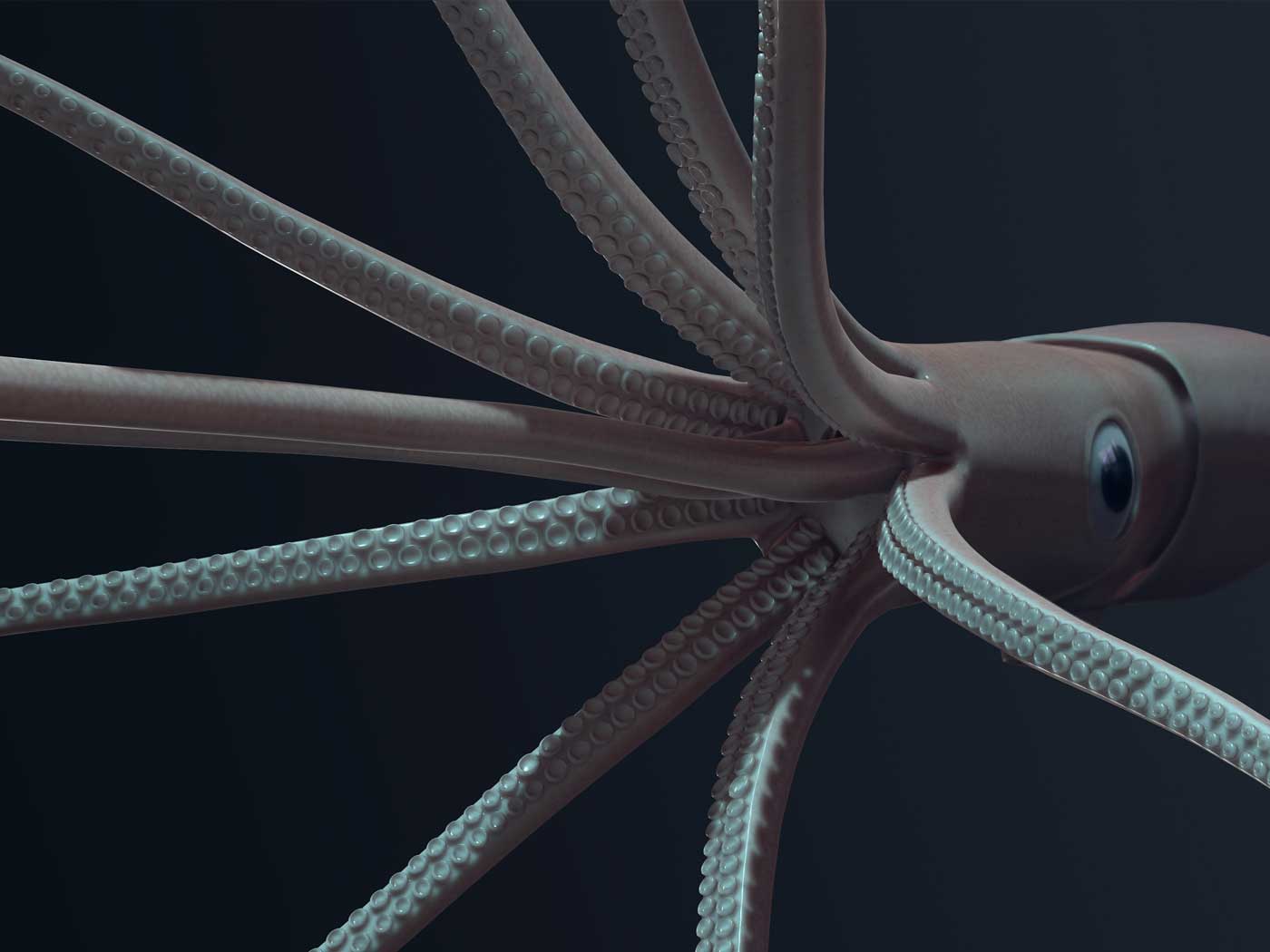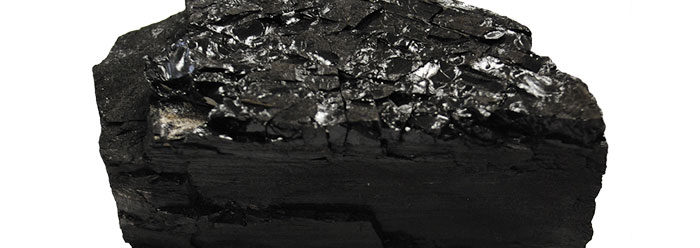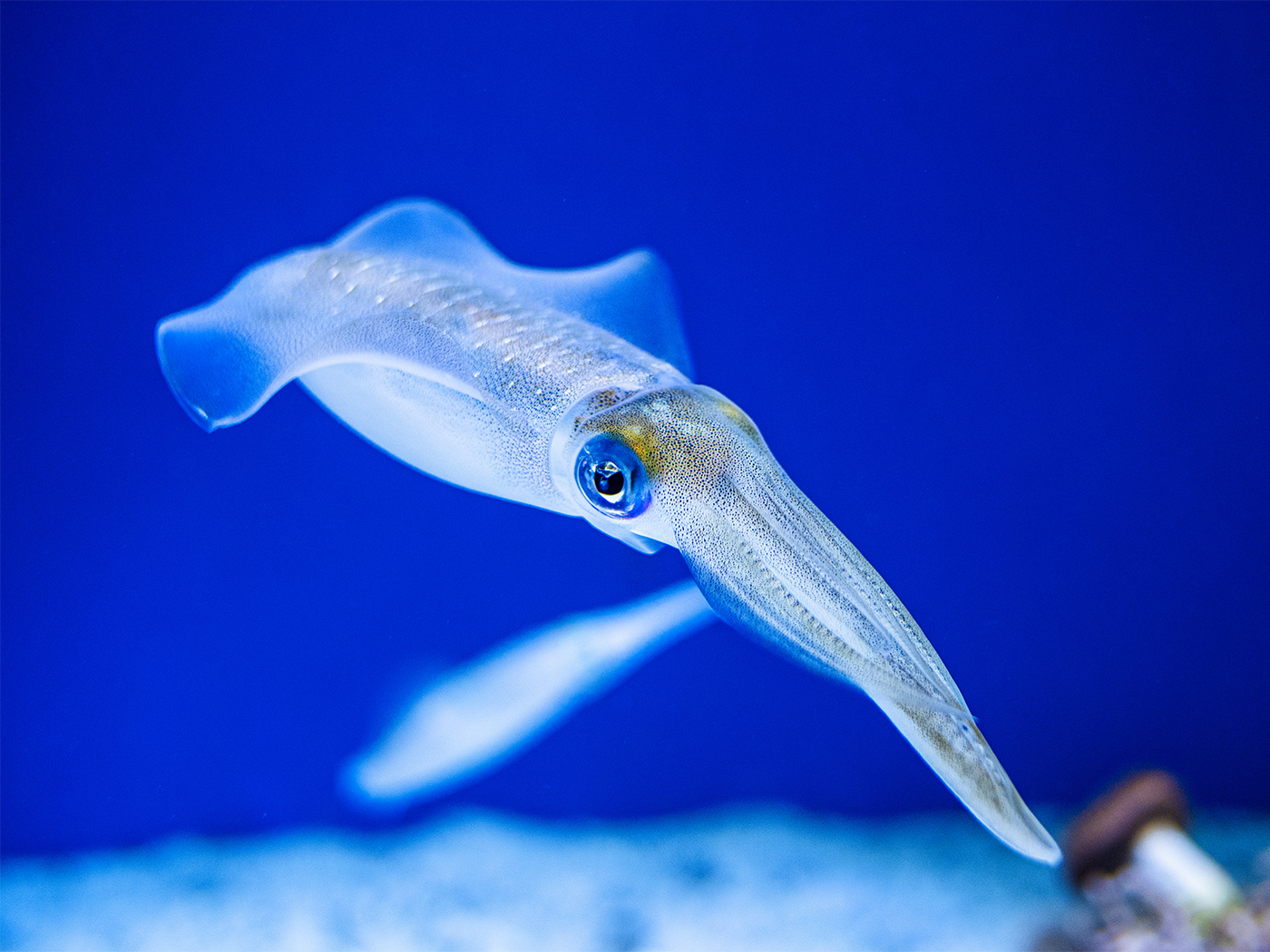This new study examined living reptiles to see if their bones alone could determine the sex of the animal. The research team worked with gharials, an endangered crocodilian species.
Dr. David Hone, Senior Lecturer in Zoology at Queen Mary University of London and author of the study, said: "Like dinosaurs, gharials are large, slow growing reptiles that lay eggs, which makes them a good model for studying extinct dinosaur species. Our research shows that even with prior knowledge of the sex of the specimen, it can still be difficult to tell male and female gharials apart. With most dinosaurs we don't have anywhere near that size of the dataset used for this study, and we don't know the sex of the animals, so we'd expect this task to be much harder."1
Sexual dimorphism (physiological differences between sexes in the same species) is common in many animals, and is thought to be common in dinosaurs as well.2 But determining these differences with just bone data has always been problematic. This study, again, confirms this confusion. David Hone added,
Some animals show extraordinarily high levels of sexual dimorphism, for example huge size differences between males and females. Gharials sit somewhere in the middle as they do possess these large narial fossa that can help with identification. Our study suggests that unless the differences between the dinosaurs are really striking, or there is a clear feature like the fossa [a cat-like mammal], we will struggle to tell a male and female dinosaur apart using our existing dinosaur skeletons. Many years ago, a scientific paper suggested that female T. rex are bigger than males. However, this was based on records from 25 broken specimens and our results show this level of data just isn't good enough to be able to make this conclusion.1
This new study suggests that popular portrayals of larger female dinosaurs, common in science documentaries, are wrong. We just aren’t sure.
It still seems the only way to tell if a dinosaur was a male or female is to find the bones of a pregnant female. But this only works if they are buried at just the right time. A pregnant dinosaur produces medullary bone, a special type of bone found in female birds before ovulation and used as a calcium reservoir for eggshell production. Unfortunately, this special type of bone is quickly reabsorbed after ovulation, making it difficult to be preserved.2
However, the snapshot of all stages of dinosaur life provided by the global Flood did preserve some pregnant females. Paleontologists have determined that at least three specimens possessed medullary bone and were therefore pregnant at the time they were buried in the mud and sand of the Flood.2
Although it remains difficult to determine the true sex of a dinosaur fossil without medullary bone, we know God made males and females of every kind. We just can’t be sure which ones were which.
References
1. Staff at Queen Mary University of London, 2020. Can we really tell male and female dinosaurs apart? PhysOrg. Posted on phys.org May 12, 2020, accessed May 13, 2020.
2. Clarey, T. 2015. Dinosaurs: Marvels of God’s Design. Green Forest, AR Master Books, 131.
*Dr. Clarey is Research Associate at the Institute for Creation Research and earned his doctorate in geology from Western Michigan University.




